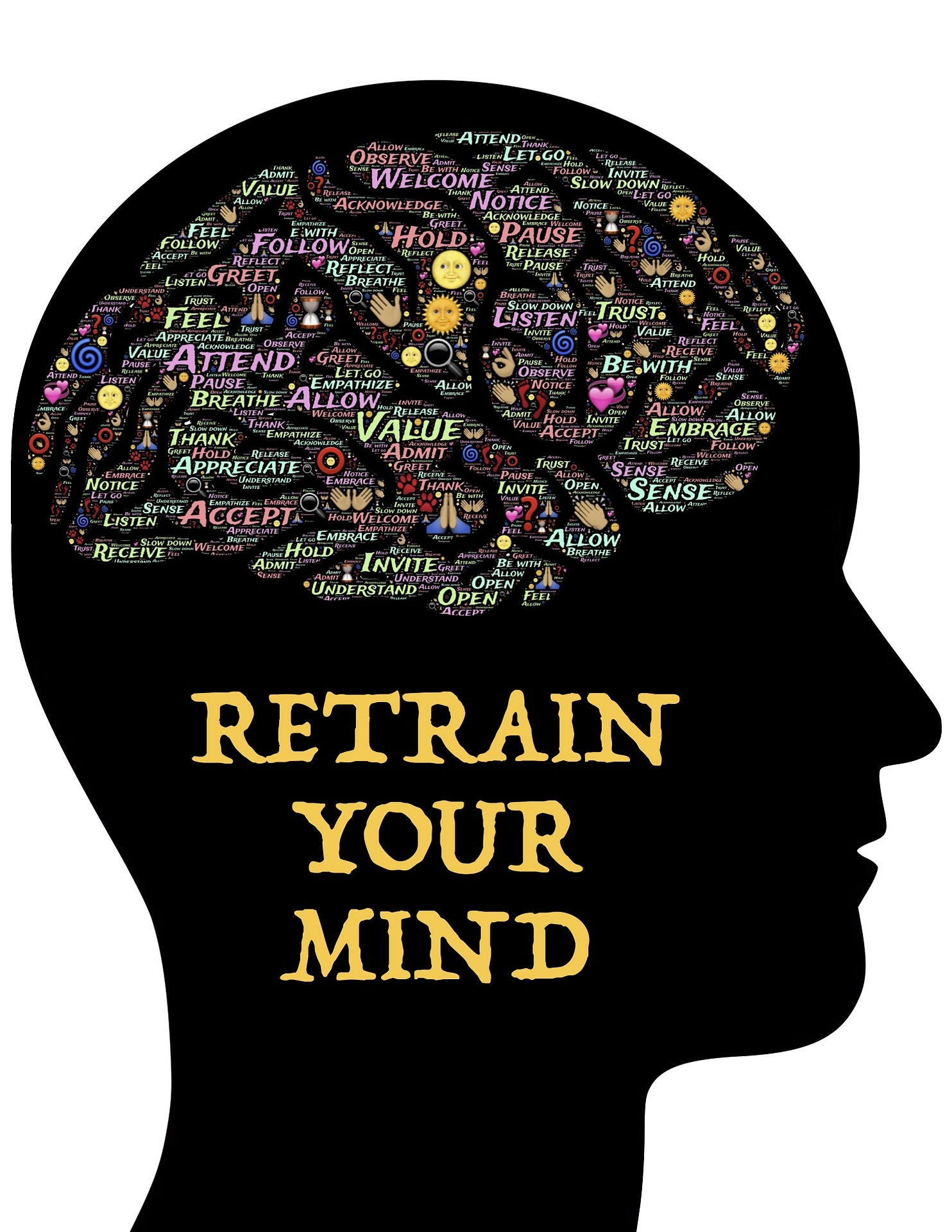Mindfulness is defined as “the awareness that emerges through paying attention on purpose, in the present moment, and non-judgmentally to the unfolding of experience moment by moment” (Kabat-Zinn, 2003 p. 145). In other words, mindfulness involves directing attention to the experience in the present moment and a non-evaluative observation of that experience. Research has consistently shown that mindfulness is an important predictor of well-being. For instance, the trait of mindfulness has been associated with higher levels of life satisfaction, more positive affect, less negative affect, greater life satisfaction, sense of autonomy and competence. Higher levels of mindfulness have also been found to be associated with various positive psychological outcomes, such as lower levels of anger, depression, and anxiety as well as higher levels of self-esteem, vitality, and authenticity.
The goal of mindfulness interventions is to teach a person to become aware of body sensations, thoughts, and emotions and to relate to them with an open, nonjudgmental attitude. Such an open state of mind can be cultivated by repeated practice. It is important to note that mindfulness is related to, but does not equal meditation. Although mindfulness is often predominantly associated with meditation, the range of practical mindfulness exercises vastly extends beyond formal meditational practice. In other words, “sitting on a cushion” is merely one way of cultivating “an openhearted, moment-to-moment, nonjudgmental awareness” (Kabat-Zinn, 2005, p. 24). Especially in the context of work or family obligations, in which time pressure, deadlines and tight schedules are often the order of the day, the integration of mindfulness in daily life routines and working habits is an important consideration.
At the Center for Collaborative Counseling and Psychiatry, three formal mindfulness meditation exercises are used with people. These include the following:
Body scan. The body scan, as the name suggests, entails bringing awareness to each part of the body. Participants are first instructed to pay attention to the posture and then direct attention to their breathing. After this, attention is brought to different body parts, starting with the feet and moving up from there. During the exercise, participants pay attention to different physical sensations present in a specific area of the body. After attention has been briefly focused on a particular region of the body, one is instructed to move on to the next region. During the exercise, many find themselves easily distracted by thoughts, bodily sensations or sounds. When distraction occurs, the participant is instructed to gently return attention to the body part at hand. Participants are encouraged to do so without blaming themselves or reacting in frustration, as the occurrence of distracting thoughts or sensations are in inevitable and it requires extensive practice until they become less. In addition, when paying attention to the body, one might become aware of painful or unpleasant sensations (e.g. neck or back pain). Instead of altering, ignoring or suppressing these sensations, one simply notices them on a moment by moment basis.
Seated meditation. Whereas the body scan uses the body as an object of attention, the seated meditation takes the breath as the main focus of attention. Participants are instructed to sit in an upward position with a straight back, preferably with their eyes closed. After becoming briefly aware of the current posture, the participant directs attention to the breathing. He or she notices the physical sensations of the breathing, such as the air moving into the nostrils and the chest expanding. As soon as the mind begins to wander, the participant simply notices the distracting thought without evaluation and returns his attention to the breath in a kind way.
Three-minute breathing space. The three-minute breathing space is a very brief mindfulness meditation that can help to integrate mindfulness into everyday life. It enables one to disrupt automatic patterns of thinking and behavior and increase acceptance-based coping. The exercise commonly involves the following three steps. The first step is asking oneself “Where am I?” “How am I?” “What am I thinking?” In this way, one steps outside the “doing mode” for a moment, disrupts habitual patterns and introduces awareness of the current experience. The second step involves a single focus of attention. Attention is directed away from thinking and focused on the breath. During the third and last step, attention is expanded so that it also includes awareness of body sensations. The focus here is on the body as a whole. The three-minute breathing space involves a direct way of coping, characterized by awareness and willingness to experience what is present.
Since 2000, the number of scientific studies on mindfulness has increased significantly. As a result of these studies, valuable insights about both the effects of mindfulness and the underlying mechanisms have emerged. These studies have shown that the effects of mindfulness cannot be simply attributed to relaxation but involve complex processes like attention regulation, emotional coping, observation and time perspective.
